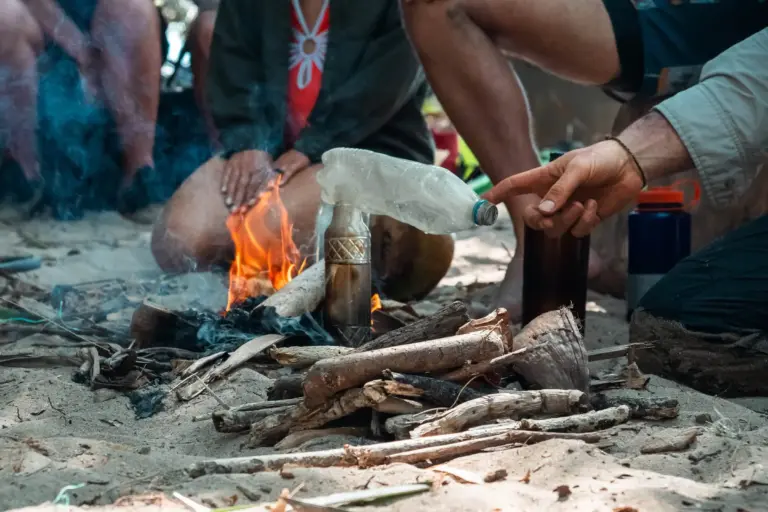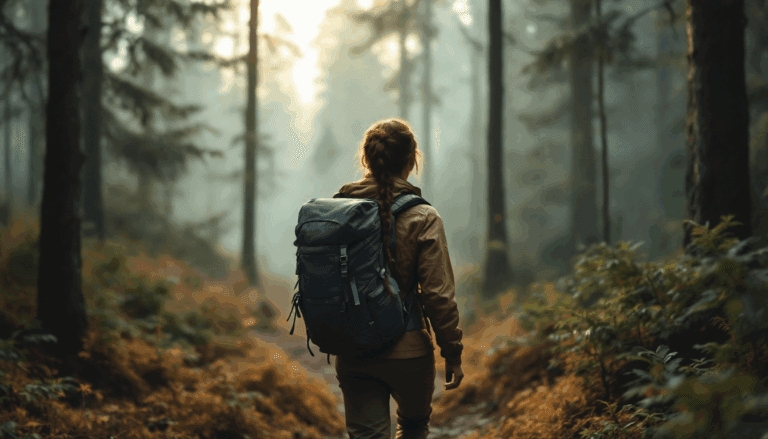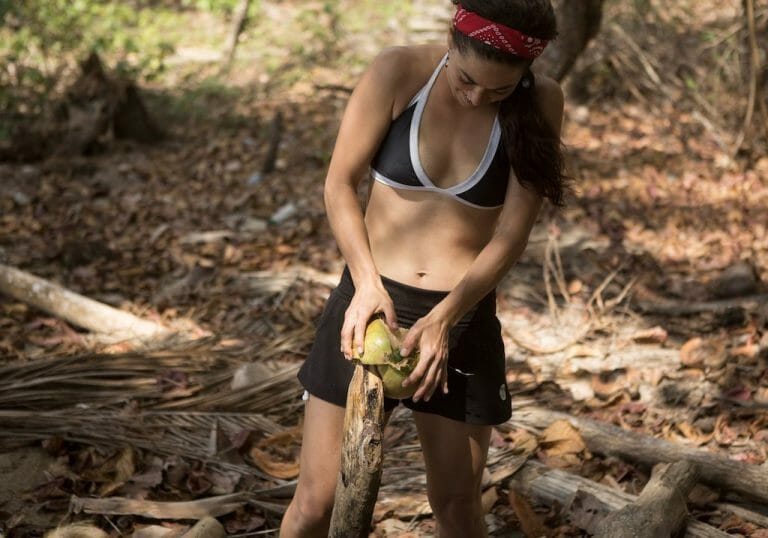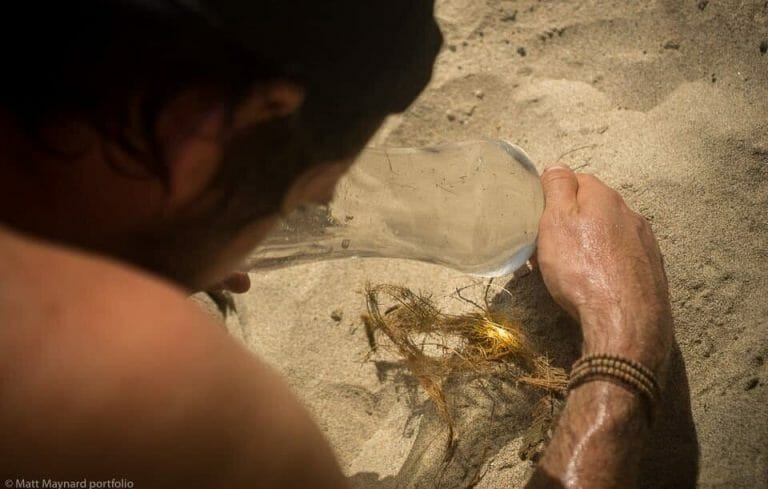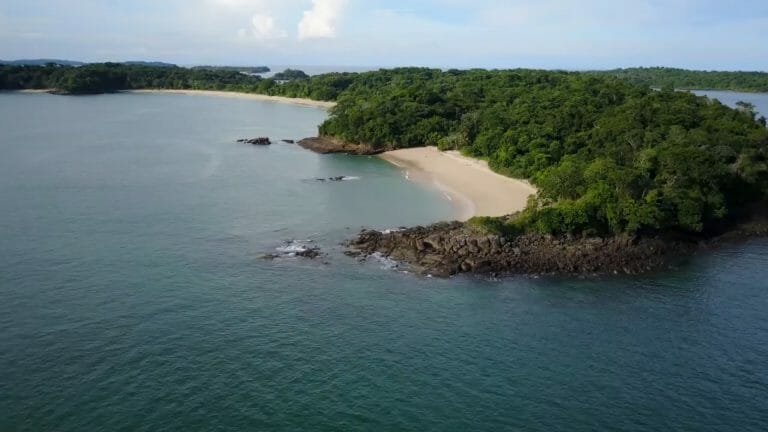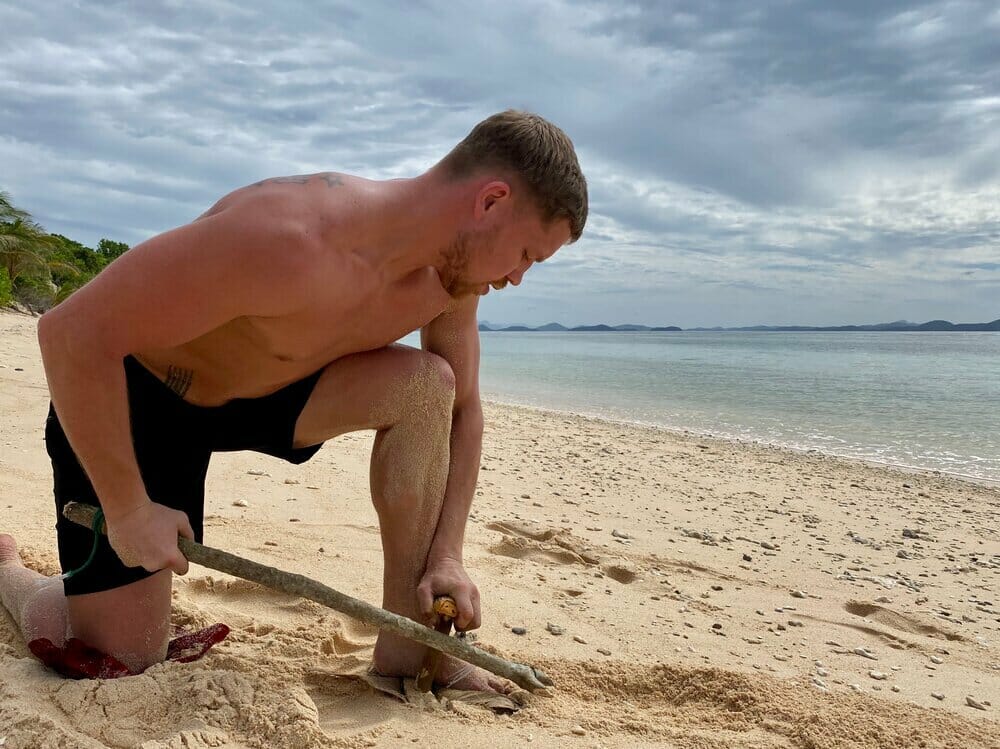
How to Survive on a Desert Island: A Comprehensive Guide
There is a lot of content on the internet about how to survive on a desert island. However, we believe we come at the subject with a little more authority than most. Our name is Desert Island Survival and we create castaway experiences for wannabe Robinson Crusoe’s as our job.

Introduction: Real Life vs. Reel Life (the movies)
When you imagine being marooned on a desert island, your mind probably brings forth images of Tom Hanks and his iconic side-kick Wilson in the movie Cast Away, novels like Robinson Crusoe, or survival reality shows like Bear Grylls’ “The Island” and “Survivor”.
While we perhaps don’t want to end up on a desert island in a true survival situation, the more romantic notions of being marooned on a deserted island for a week are pretty appealing.
In many ways, it’s the perfect opportunity for escapism. To disconnect from our busy world and live out a true adventure on a tropical island up close with untouched nature.
However, unlike the choreographed drama of television, the scripted trials of film or the romantic idea of being stranded on a desert island, true survival is a test of resilience, adaptability, and ingenuity.
Ready to step into the shoes of a modern-day Robinson Crusoe? Here are a few tips from our top 10 tips on how to survive on a desert island.
In the following guide, we’ll break down our essential survival tips, step by step, so you can understand the science and art behind living on a deserted island.
Understanding Survival Psychology
Desert island Survival is 80% psychological and 20% physical. You need the right mindset to survive on a deserted island. Stay positive and remember that humans have a remarkable ability to adapt to and overcome extreme conditions. Your mind, when focused, can devise innovative solutions to seemingly impossible problems. Of all the tools you can bring, none will outcompete your mind.
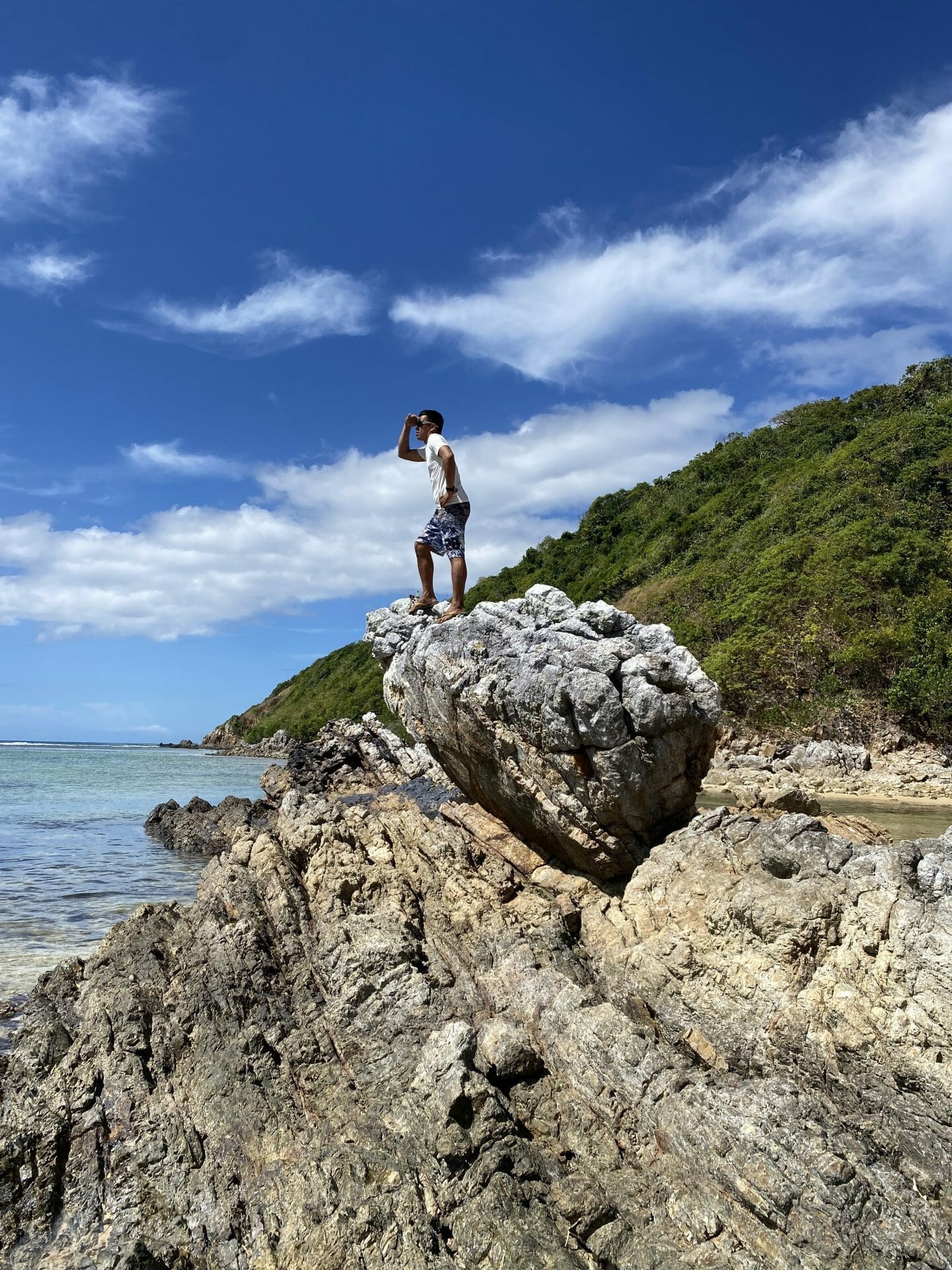
Immediate Actions
So, here’s the first tip: remain calm. Panic is your enemy. You need a clear head to devise a plan to survive on a desert island. One of the first things to do when you arrive in a new wilderness is. NOTHING AT ALL. Stop sit, observe and think about your priorities.
Once you’ve gathered your wits, look around you to see if there are any other survivors or useful debris you can salvage. These days life rafts typically include a survival kit, signalling flare.
Next, it’s crucial to consider your survival priorities: Shelter, Water, Fire or food, these will differ depending on location and conditions. Look for potential dangers and make a rough plan for the immediate future. But where should you start? Often fresh water will be your number one priority.
Building Shelter
Shelter not only provides protection from the elements, but it also offers us a psychological sense of security helping us to sleep better.
Much of survival is about efficiency. Consider calories spent for calories gained, so don’t work hard work smart. Consider what is already pre-built for you.

In survival, a cave or overhang is a gift of shelter. It saves time and resources and offers a watertight space. Just make sure it is above the tide line. Finding a sturdy tree or two to form corners of your four-pillared shelter is a great bet. You can then weave palm fronds and overlap them (shingling) like a tiled roof will create a watertight roof.
Most islands these days are strewn with trash making it easy to find cordage from discarded fishing nets. If your island is really remote, you could make rope from coconut tree fibres to help bind your shelter. Other great plants for cordage include hibiscus and banana trees.
Check out our complete guide on how to build a shelter here.
Choosing a Shelter Location
Where you build your shelter is as crucial as how you build it. It should be in a safe location, away from hazards such as deadwood, falling rocks, flooding, or game trails (animal tracks). Most of all it should be efficiently located, close enough to your water and food sources but far enough from the high-tide line.
Creating a Comfortable Living Space
Remember, your shelter isn’t just a place to sleep. It’s your new home. Make it comfortable. You may be on this tropical island for a while, and a small amount of comfort can greatly boost your morale. A soft bed of leaves, a makeshift chair, or a sunshade can make a big difference. We have even had castaways make coral wind chimes and shell-lined paths.
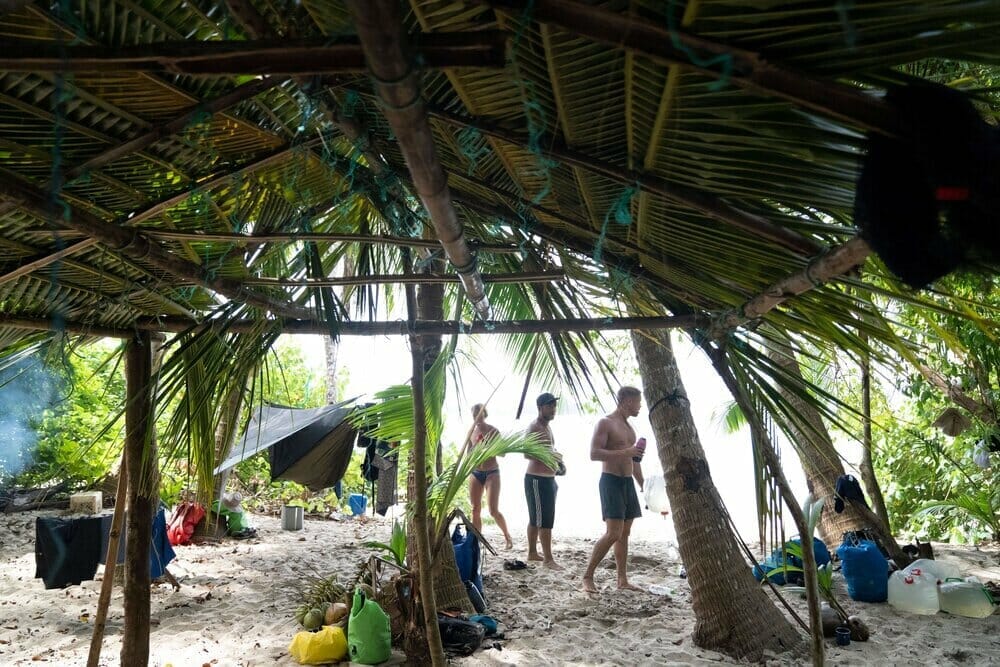
Securing Water
Hydration is typically your greatest priority.
Remember the rule of threes. Three minutes without oxygen, three days without water and 30 days without food.
If there is a freshwater source you will almost certainly need to boil the water to purify it (see fire later on). If there isn’t a freshwater source, you’ll need to improvise.
Coconuts are your low-hanging fruit. (boom boom) packed with up to 500ml of nutrient-rich water they are lifesavers, and each can represent a day of survival.
Plastic bottles on most islands can be cut to make a solar still to convert sea water into fresh, or two glass bottles can be used to create a primitive still on a fire.
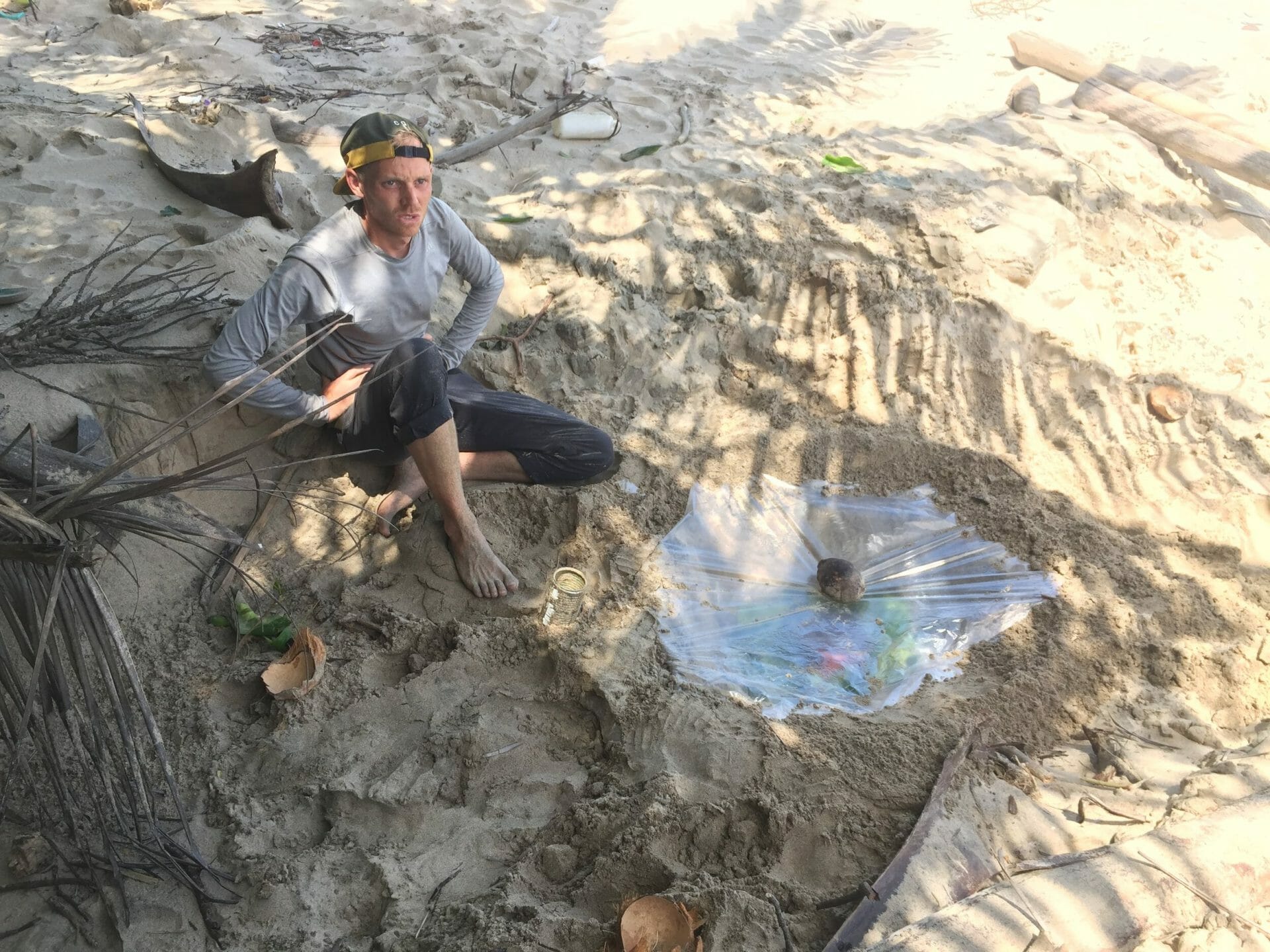
Identifying Drinkable Water
Desert islands often live up their names and are dry places with little fresh water due to porous soil. Not all water sources are safe. When looking for drinking water follow the land downhill, looking for depressions and old river shapes. Stagnant water can contain harmful bacteria and parasites. Water from streams or springs is typically safer drinking water. If in doubt, boil water for several minutes to kill all harmful organisms.
Constructing a Water Collection System
If you don’t have bottles or can’t find a water source, another option is to set up a system to collect rainwater. You can use large leaves, bark, or any container-like items to catch food that you find. Rainwater is usually safe drinking water without treatment.
Mastering Fire
Fire provides warmth, helps you cook food, purifies water, wards off predators, and boosts morale. Starting a fire on a desert island can be tricky, but with the right technique, it’s achievable.
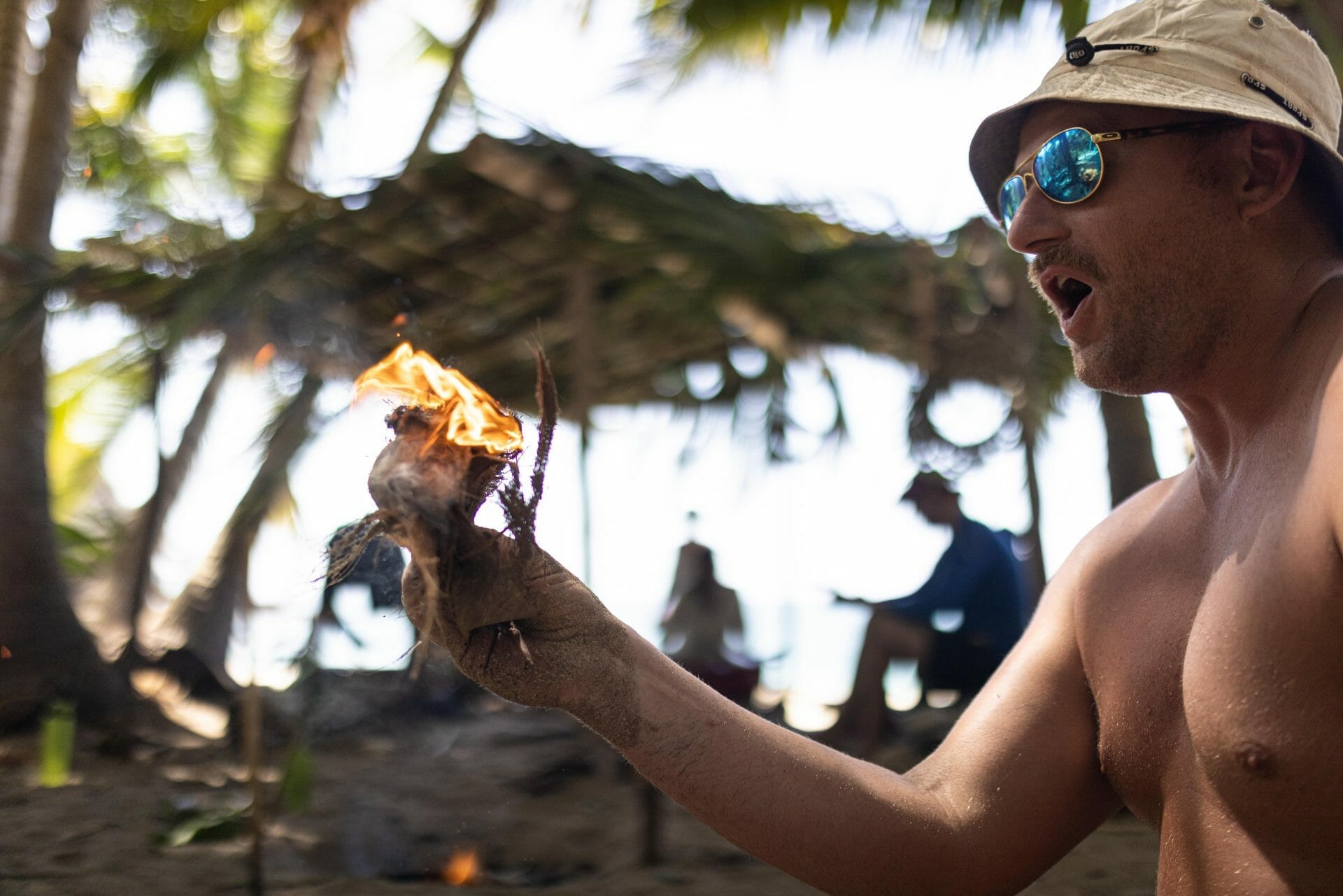
Exploring Fire Starting Methods
Using glasses, the bottom of a glass bottle, or a clear plastic bag filled with water can concentrate sunlight to ignite tinder.
Friction-based fire-starting methods such as the hand drill or fire plough can be very effective if you don’t have a magnifying lens.

For friction fires, look for dry, softwood to use. when you create friction, they burn at lower temperatures.
And remember, persistence is key to making fire go. It might take a lot of time and effort, but the payoff is worth it. Check out our complete guide on how to make a fire.
Keeping Your Fire Alive
Once you’ve got a fire going, it’s important to maintain it. You don’t want to go through the process of starting it again. Keep a steady supply of wood available but remember to use it sparingly. A small fire can provide enough heat and light for your needs.
Fishing & Trapping
Fish are an abundant food source on desert islands. Use the plastic bottles washed ashore to create fish traps. Cut one end off and invert it, add a stone and a stick for bait, and you have a rudimentary fish trap. Tidal pools are a great place to find small crustaceans, shellfish and bait.
Or you could build a tidal fish trap with large stones or upright sticks below the high tide line.
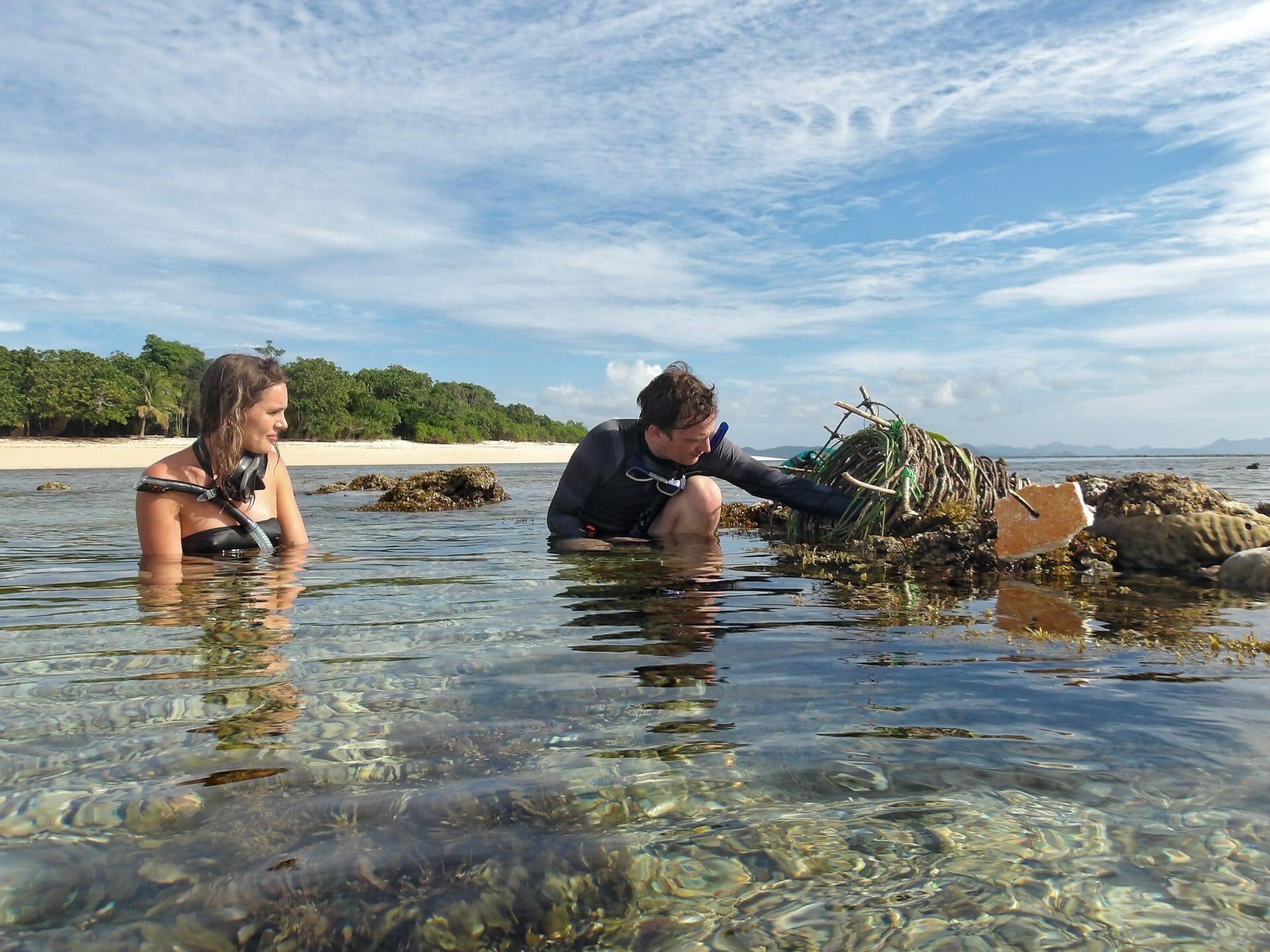
A sharpened stick genuinely works to catch species in the shallows. We have caught stingrays this way. Read more about how to fish without gear here.
However, don’t forget the low-hanging fruit. You don’t have to catch food when surrounded by coconuts, each packed with 2,000 calories.
Recognizing Edible Species
Not all fish or sea creatures are safe to eat. Some can be toxic or carry diseases.

Crafting Fishing Tools
If trapping isn’t enough, consider making a spear or fishing line. Sharp pieces of bone, shell, or rock can make effective spear points, and vines or strands of bark can serve as fishing line. Use small shells or pieces of shiny metal as lures. If you are really lucky the survival kit you found in the raft will have fishhooks. they will be your most precious item!
Foraging & Wild Edibles
Fish aren’t your only food source. Plants can provide a variety of nutrients and often require less effort to gather than hunting or fishing. However, some plants can be toxic, so it’s important to know what you’re eating.
Tip: when coconuts are sprouting, you can open them up to find a carbohydrate-rich cake inside.
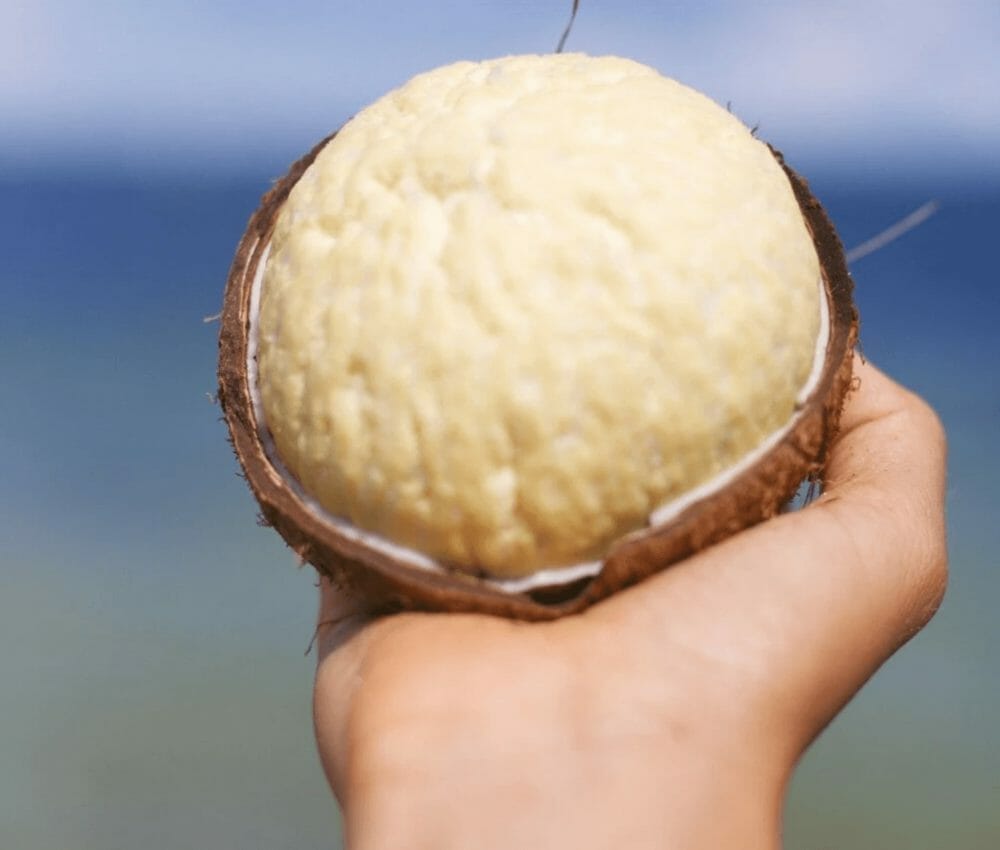
Identifying Edible Plants
Familiarize yourself with the local flora. Some plants can be a great source of food if prepared correctly. Palms, for instance, have edible hearts. But remember, never eat anything you’re unsure about.
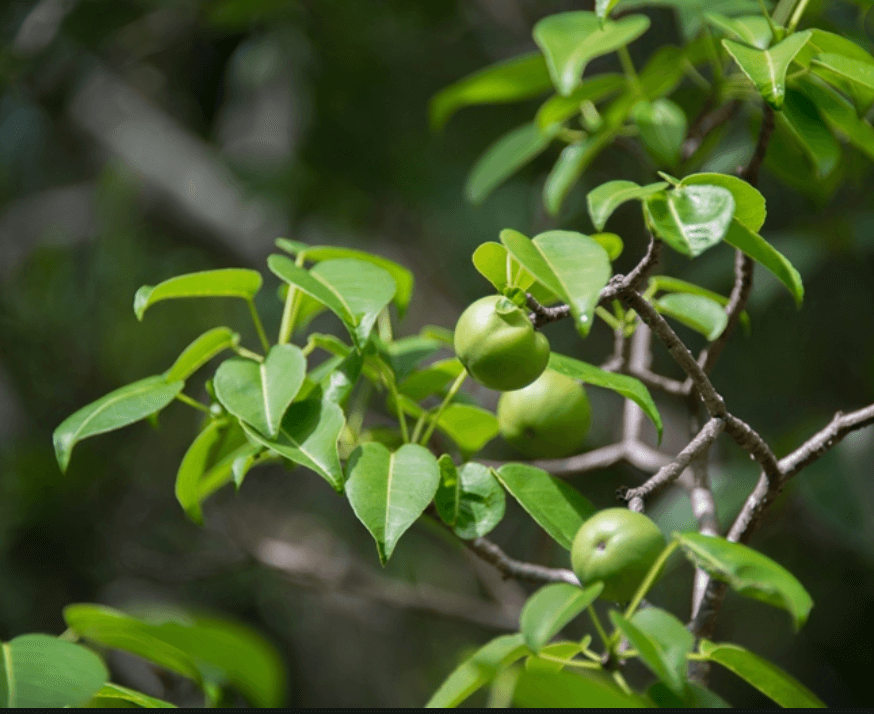
Preparing Your Food
Eating raw food can be risky due to potential parasites or bacteria. Cooking can make food safer, more palatable and more caloric. If you catch fish and don’t have a pot, look for clay to fire a simple thumb pot, boil water in a green coconut, or wrap your fish in large leaves and tie off with tree bark.
You can cook fish on sticks over the fire, but every drip you see is precious fat being lost to the fire.
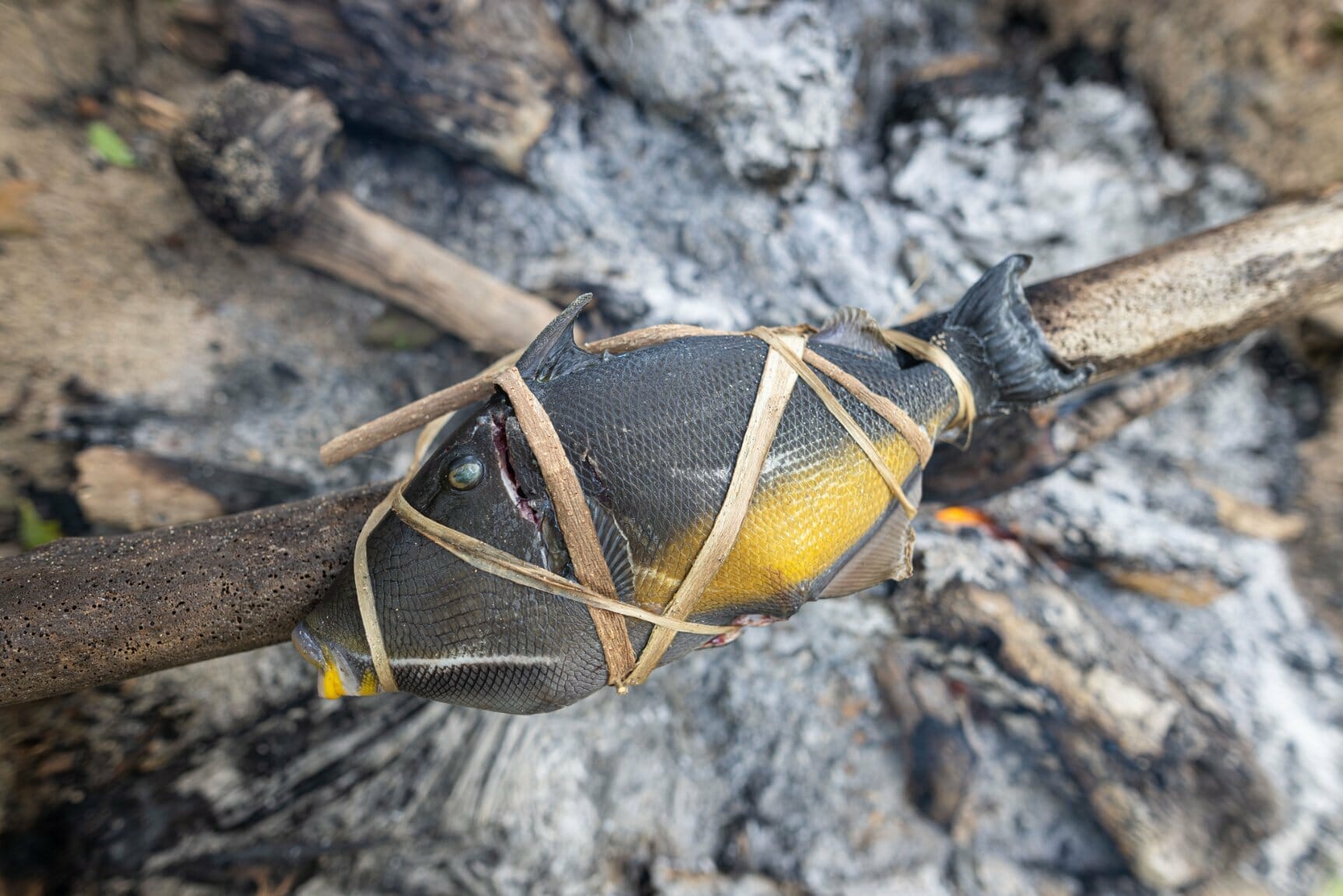
Signalling for Help
Once your basic needs are met, your focus should shift to getting rescued. Create large signals on the beach using rocks and logs. Keep a constant smoke signal, if possible. If you see a plane or ship nearby, be ready to make a move. Adding large amounts of green wet vegetation to the fire created plumes of thick white smoke that is very visible.
Effective Signal Techniques
There are many ways to signal for help. Smoke signals, SOS signals made of rocks or logs, and mirror signals can all be effective. The key is to make your signals large, obvious, and in a place where they’re likely to be seen.
Staying Ready for Rescue
Be ready to act quickly when you see a potential rescuer. If you have a flare or other signalling device, keep it with you at all times. Practice your signalling techniques so you can act quickly when the time comes.
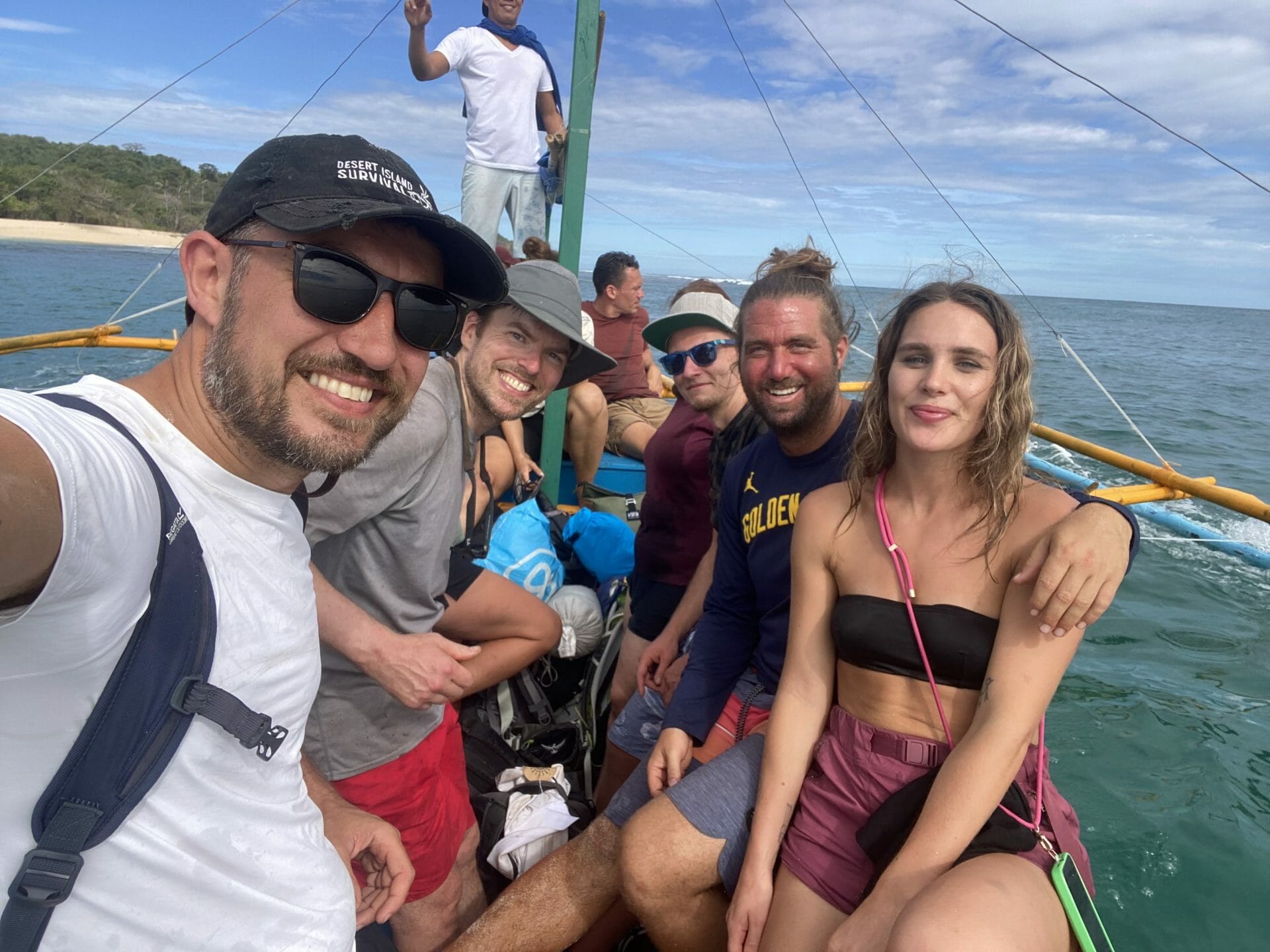
Think you have what it takes to survive on a desert island?
Ready to take it to the next level?
Join us for real-life expeditions, where you’ll learn hundreds of island survival skills. Experience life off the grid, build self-confidence, bond with fellow castaways, and experience raw nature. We promise you’ll never feel so alive.
And the best part? After surviving three days on an island with just a machete, we’ll welcome you back to a luxurious hotel, with white bed sheets, the best shower of your life, and a three-course meal.
Not sure which island to choose, check out this guide or take the quiz below.


